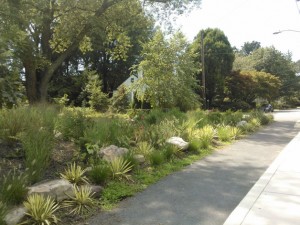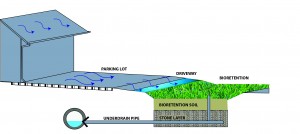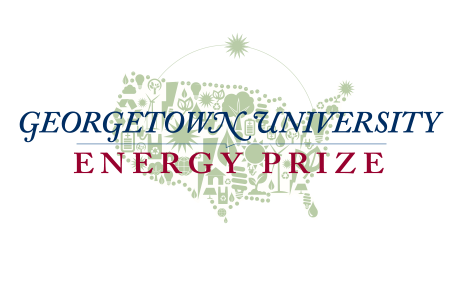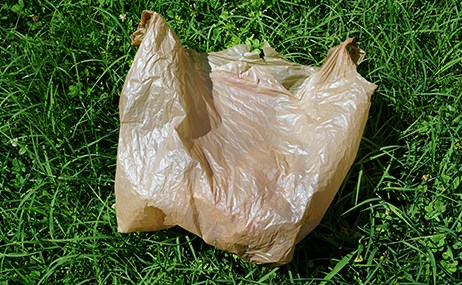Bioretention in Takoma Park
About Bioretention in Takoma Park

Your Stormwater Fee Dollars at work: Bioretention in the City of Takoma Park. One of the most prominent and visible ways the City utilizes the Stormwater Management Utility fee it collects from all property owners is through the creation of bioretention areas throughout the City. Currently, there are over 80 Bioretention facilities along City streets helping to filter stormwater runoff and reducing the amount of sediment and contaminants entering our local waterways and flowing into the Chesapeake Bay.
What is a Bioretention Pond?
Nature recycles rain. “Bioretention ponds” are said to mimic nature in their recycling. A “bioretention facility” is a man-made landscape depression in the ground also used as a tool to improve the quality of surface runoff before reaching the streams. The facility collects water runoff and stores it, permitting it to be filtered and slowly absorbed by the soil, leaving behind sediment and pollutants.

Run-off created by rain can be polluted by oil, chemicals, pesticides, and sediments as it travels across lawns, driveways, streets, and parking lots. Bioretention is a best management practice for filtering the polluted runoff through natural processes before it flows into the stormwater system and onto local waterways.
Quicklinks
- Stormwater Management Program
- Bioretention in Takoma Park
- Stormwater Facility Inspection and Maintenance
- Stormwater Permit Applications
- Stormwater Permit Fees
- Stormwater Resiliency Study
- Stormwater Fee FAQ
- Stormwater Management Projects
How does the process work?
A portion of the rain that flows as runoff over pavement, sidewalks, and other hard surfaces usually ends up directly into nearby creeks and streams. Creating a Bioretention area provides the opportunity to treat the water before sending it into the waterways. In this process, runoff is first slowed down to reduce erosion when it flows overland, typically by passing through a sand bed or through native grasses and ground cover. The water then enters a ponding area at the bottom of the depression, where it can slowly filter through different layers, such as sand, mulch, and specially proportioned soil. As it infiltrates it can also be absorbed by native shrubs and plants. During this process, pollutants are removed from the stormwater runoff through natural mechanisms such as absorption, microbial action, and plant uptake. Any excess filtered runoff is collected in an underdrain beneath the Bioretention area and piped into the stormwater system.
What are the benefits?
Communities around the world are discovering the benefits of collecting stormwater in rain barrels, on green roofs, and especially, in rain gardens or Bioretention ponds. This reuse or recycling of rainwater is simple, inexpensive, and environmentally friendly. Increasingly more communities are using these simple ways to manage their runoff by capturing rainwater, holding it, and then slowly releasing it into the ground. This approach mimics the natural absorption and pollution removal abilities of a forest, meadow, or prairie.
The creation of bioretention areas are an important component of the City’s stormwater management program and contribute to the City and region’s goal of reducing the amount of oils, sediments, and pollutants that enter Sligo Creek, the Anacostia River, and the Chesapeake Bay. Bioretention area benefits include:
- Naturally filtering pollutants such as Phosphorus, Nitrogen, bacteria, hydrocarbons, and heavy metals using native plants and shrubs.
- Decreasing erosion of stream banks by slowing stormwater runoff.
- Decreasing the amount of sediment entering local waterways.
- Reduction of the total volume of runoff entering the stormwater system, reducing localized flooding.
- Providing an aesthetically pleasing and environmentally beneficial garden area.
Where is the City using bioretention?
As of May 2022, the City has constructed and maintained 86 bioretention facilities throughout Takoma Park. Every year additional facilities are designed and constructed so this number will keep increasing. Our community has made strides to look into every opportunity to incorporate best management practices (BMP) into our routine street improvement activities, streets-landscaping, and other renovation projects.
These features can be found adjacent to City streets, around the edges of traffic roundabouts, or at the end of dead-ends. They are designed to naturally blend into the surrounding landscape so it is likely you have walked past one without even realizing it!
Stormwater Management Program Sections

Georgetown University Energy Prize
Thank you to everyone who participated
Takoma Park Won Third Place!
We Won 3rd Place!
Plastic Bags No Longer Accepted Curbside
As of July 1, 2015 plastic film and plastic bags can no longer accepted in the City's collection curbside recycling program.
Curbside Recycling Details